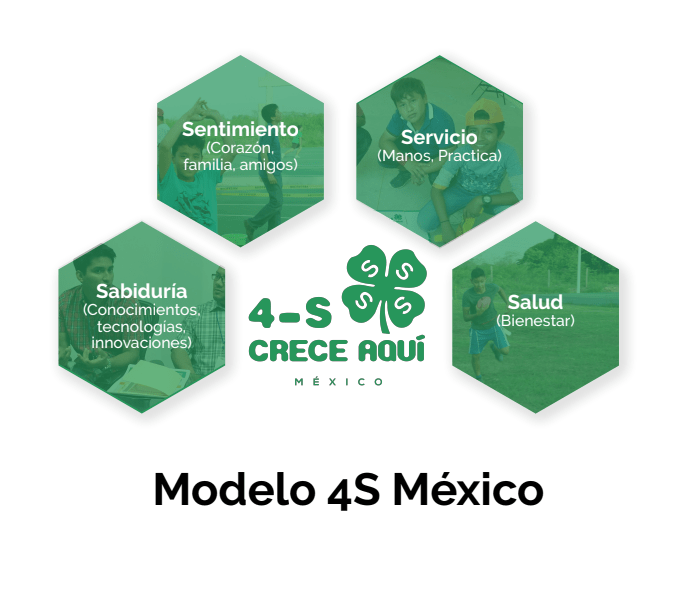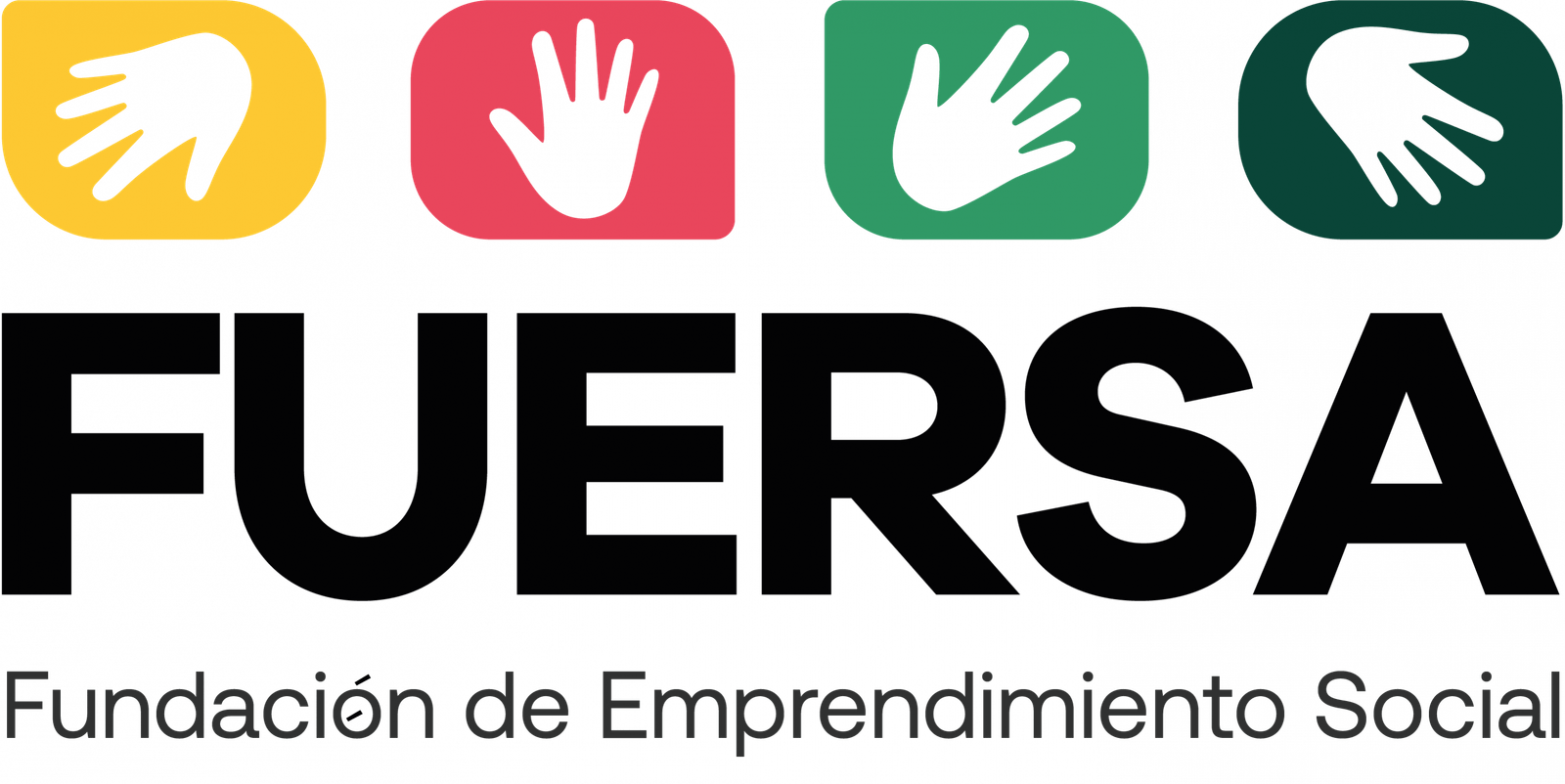The Program of a Positive Youth Development 4-H originated around the beginning of the TWENTIETH century in the united States of America. In the late 1800's, researchers at public universities, they realized that adults in the farming community did not accept easily the new discoveries and agricultural technologies.

They found that young people were open to new ideas, and that "experience" with new knowledge and share their experiences and successes with their parents.
The programs of rural youth were created first as an innovative way of introducing new agricultural technology in their communities under the firm objective of:
“To make the
best better”.
Approval of the Act, Smith-Lever in 1914 established the Cooperative Extension System in the USDA and was nationalized 4-H. In 1924, formed clubs, 4-H and adopted the emblem of the clover.
The Cooperative Extension System is a partnership of the National Institute of Food and Agriculture (NIFA) within the Department of Agriculture of the united States (USDA), more than 200 colleges and universities with land grant and more than 3,000 county offices throughout the country. The Cooperative Extension combines the expertise and resources of federal, state and local, and is designed to meet the need of research, knowledge, and educational programs.
Today, 4-H serves youth in rural communities, urban, and suburban in all states of the nation. Members of 4-H are addressing the main problems of the nation, from the food security, climate change and sustainable energy to the obesity and health security. The after-school programming for 4-H, the enrichment programs at the school, clubs, and camps also offer a variety of opportunities, from agricultural sciences and animal rockets, robotics, environmental protection, and computer science, to improve the ability of the nation to compete in the fields of science key and assumes the main challenges of the TWENTY-first century.

We transform our present to build a better future, doing better what is already being done well with #AccionesQueTrascienden.
About us
CONTACT
Sindicalismo #92, Colonia Escandón, CP 11800 CDMX.
+52 71590179
info@fuersamx.org

